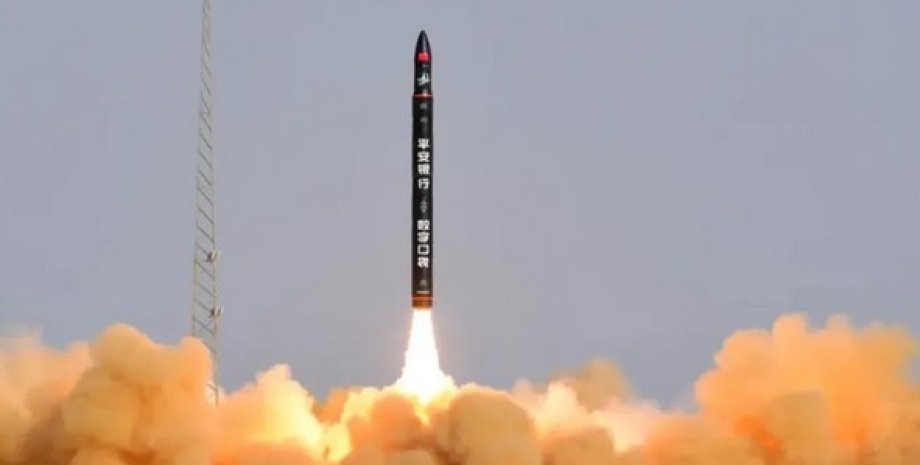
Subscribe not to miss the latest and most intrusive news from the world of science! For the Chinese Private Company Galactic Energy, this is the first unsuccessful launch of the Ceres-1 rocket launcher with a payload on board. The previous 9 launches were successful. According to Galactic Energy, the rocket did not fly as it should, and the mission to send a satellite to space failed. The causes of this catastrophe are currently underway.
The first launch into space, the four-stage Ceres-1 rocket took place in November 2021. It has a height-19 meters, a diameter-1. 4 meters and can deliver a payload on a low Earth orbit up to 400 kg, and in sunny synchronous orbit (height 500 km)-up to 300 kg. During the unsuccessful launch of Ceres-1, she had to remove the satellite for the first time 800 km.
This catastrophe became the first for China this year, since since the beginning of 2023 both state and private companies of the country have previously made 43 successful launches of launch vehicles into space. The most interesting thing is that two days before the Chinese missile accident, such an accident occurred with the Electron rocket US company Rocket Lab. Due to the unknown anomaly that occurred on the rocket, the Earth's surveillance satellite from Capella Space was lost.
As for Galactic Energy, now its engineers are working to create a larger Pallas-1 rocket, which will be able to bring 5 tons of amounts to a low Earth orbit. It will be a multiple two-stage rocket that can be displayed in sunny synchronous orbit, up to 700 km in height, 3 tons of amounts. The first flight of Pallas-1 rocket into space should take place in the first quarter of next year.
But the very first version of the new launch vehicle will still be one-time, but the multiple option will be launched into space in 2025. We remind that in June this year, China broke his own record for launching satellites into space. By 2025, there will be 138 similar Chinese spacecraft in orbit, which form a single network, as focus has already written.










All rights reserved IN-Ukraine.info - 2022